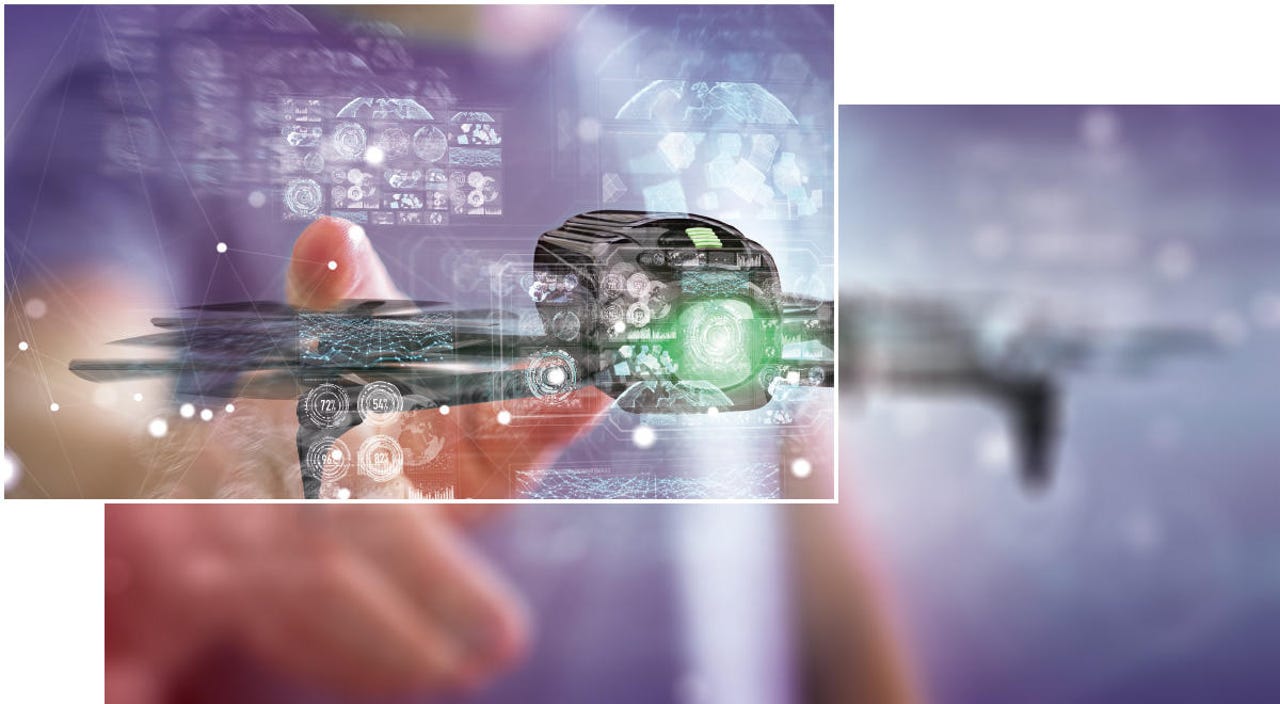How the cloud, an army of drones, and 3D mesh is saving the world's vital infrastructure


Infrastructure is literally crumbling in many major cities. Fortunately, a number of new technologies are converging to assist in overdue inspections of vital infrastructure such as road and railway bridges.
"Typically, municipalities or private companies send out a large team of inspectors and need to close certain sections of the bridges to traffic," says Michael Diener, engineering manager at StrucInspect, a company focusing on improving on that method with technology. "And some areas are hard or impossible for a human inspector to reach, creating the risk that a defect might go unnoticed."
Drones and 3D cameras can help. Vienna-based StrucInspect overcomes these challenges with an innovative service based on 3D modeling and artificial intelligence. The company captures thousands of images from drones and terrestrial cameras to create a precise 3D replica of the structure's exterior and interior—including hard-to-reach places. Then customers receive a full report, including a textured, 3D mesh model that they can turn and zoom with ½-millimeter precision.
With over 65,000 bridges in Austria and Germany alone, and hundreds of thousands more globally, the market for a product suite like that is potentially massive. But the solution comes with some major challenges. Chief among them, the sheer computing power it takes to process all that data.
Building textured 3D mesh models from thousands of high-res images requires powerful processors and graphics processing units (GPUs). So does editing the models, which contain hundreds of gigabytes, to remove extraneous details like piles of leaves or snowdrifts.
StrucInspect's solution is a tale of cloud success. "To work in the cloud we needed a 'native' workstation experience—no lag or latency," says Diener.
StrucInspect found its solution in Teradici Cloud Access Software on Google Cloud Platform (GCP). StrucInspect chose GCP because of its AI platform, Python compatibility, and NVIDIA GPU options, including the Tesla P100.
Before discovering the Teradici solution the company had tried open-source Virtual Network Computing (VNC) for a few months. But VNC is not designed for visualization or to support USB devices like mouses. The company's photographic measurement specialists were frustrated by seconds of lag whenever they tried to open, manipulate, or edit a model. In contrast, Teradici Cloud Access Software, powered by the PCoIP protocol, is highly responsive even for full frame-rate 3D graphics.
"Using Teradici Cloud Access Software with GCP and NVIDIA GPUs is literally like working on a local workstation," Diener says. "Files open immediately—not several seconds later as they did with VNC—saving up to 30 minutes on a typical 8-hour project. We can turn the 3D models left, right, and upside down and peer into little crevasses with the same experience we'd have on a local workstation."
Security is also a big concern, particularly when dealing with issues of vulnerability related to infrastructure. No information ever leaves the cloud because only encrypted pixels travel over the network to the laptop display, where they're decoded. And StrucInspect now has the flexibility to switch from Linux to Windows remote workstations as needed because Cloud Access Software supports both operating systems.
Diener concludes, "For our business, Teradici Cloud Access Software on GCP is increasing efficiency, productivity, and work satisfaction. Our users couldn't believe they could work in the cloud with a native experience. It's a world of difference."
For the rest of us, we can breathe a little easier knowing bridge inspections are happening faster and more comprehensively than ever before.